Learn to create a piano using resistors.
Take our musical talents to the next level as Piperbot and Pip jam out with their new Adult Zomar buddy on a piano made of resistors. Ask students: “What is your code measuring to know when and what sound to play? How is this different from your ultrasonic drum?”
View student interface at make.playpiper.com Computer with USB port and Chrome or Edge browser
Computer with USB port and Chrome or Edge browser
 Piper Make Base Station or Starter Kit
Piper Make Base Station or Starter Kit
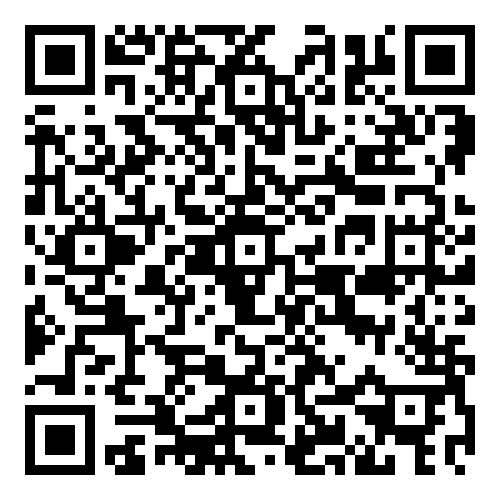 Robotics Engineer: Salary $104,600/yr
Robotics Engineer: Salary $104,600/yr
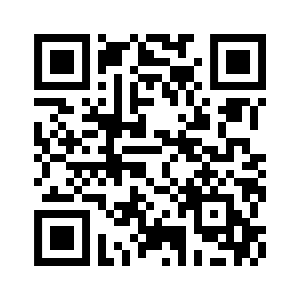 Automotive Engineer: Salary $95,300/yr
Automotive Engineer: Salary $95,300/yr
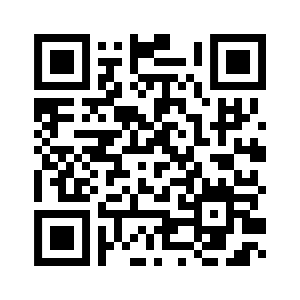 Civil Engineer: Salary $88,050/yr
Civil Engineer: Salary $88,050/yr
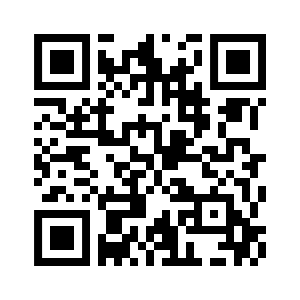 Electro-Mechanical and Mechtronics Technicians: Salary $60,570/yr
Electro-Mechanical and Mechtronics Technicians: Salary $60,570/yr
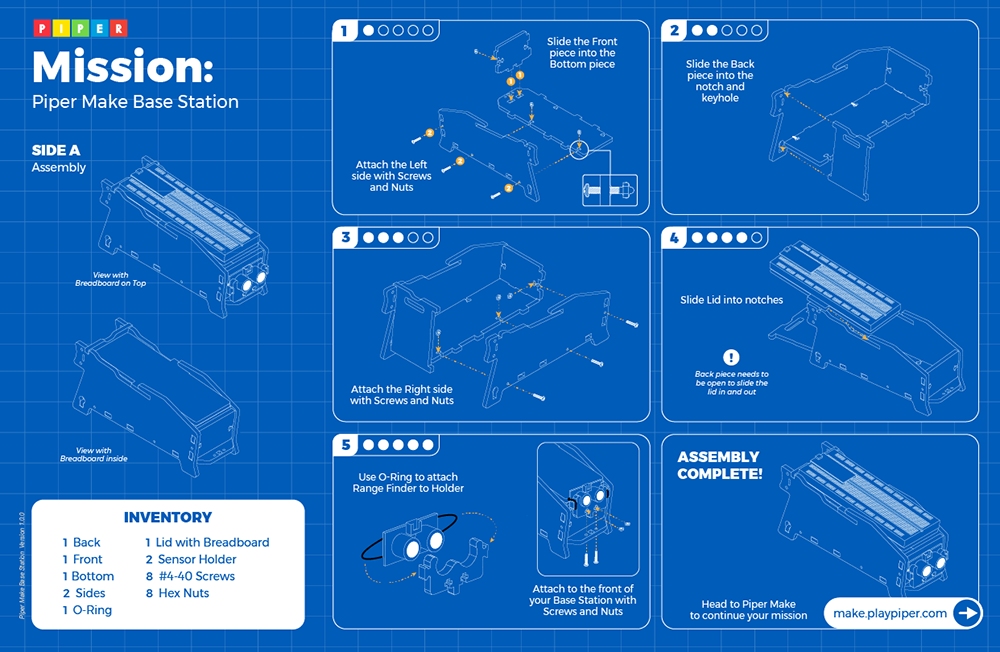
Robot A device that can execute a task independently of direct human control or activity.
Feedback Sensors Instruments that robots can use to make adjustments based on their readings.
Servo Motor Self-contained electric devices that precisely rotate or push machine parts.
Autonomous Vehicle A vehicle that can operate without direct human control, usually through a built-in autopilot system.
Bionics When we use biological systems (e.g., dogs, humans) to develop and design new robots.
